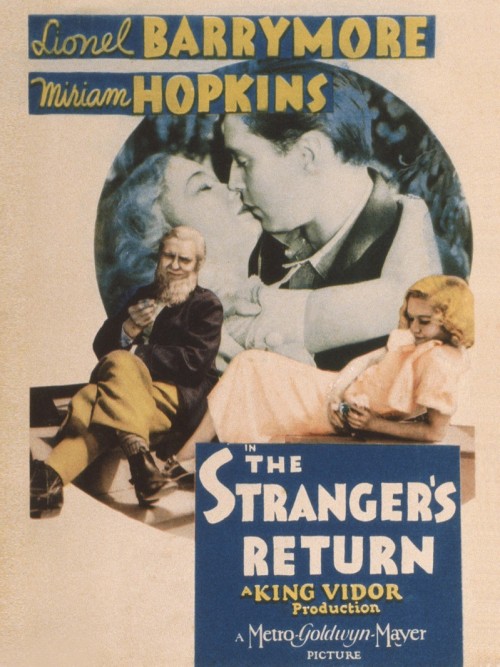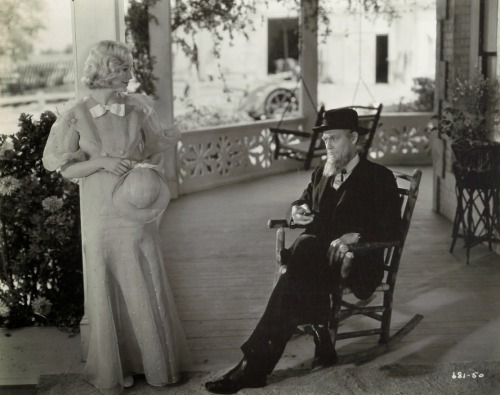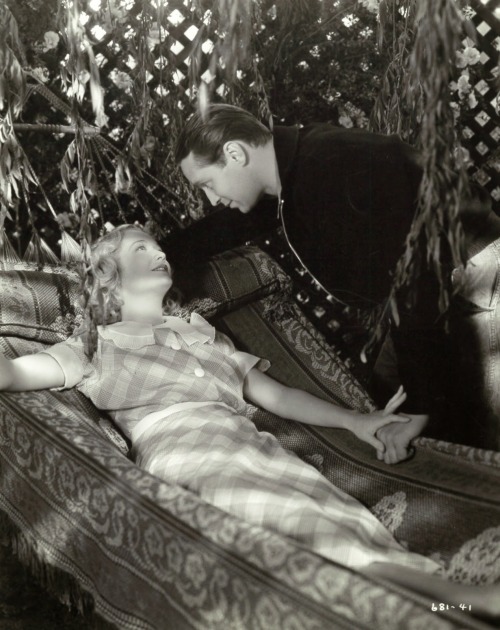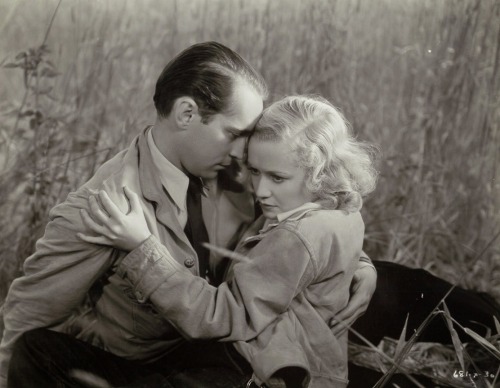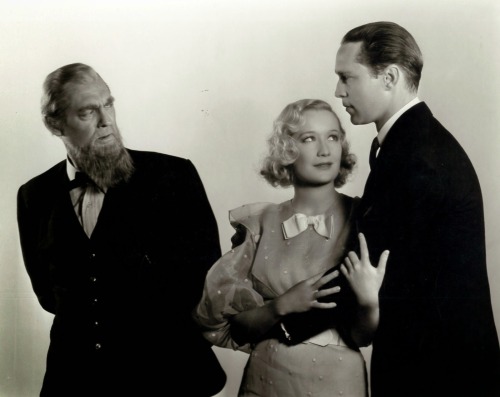#lionel barrymore
Christmas movies started with Charles Dickens’ A Christmas Carol in its many iterations and progressed through a series of movies as different as Miracle on 34thStreet,Elf, Home AloneandChristmas Vacation. However, in my opinion, the greatest of all Christmas movies is the evergreen It’s a Wonderful Life. This is Steve, father of the eponymous siblings once again, but for once I am not writing about a movie that deals with Africa. Instead I have been asked to review this classic that has long been a staple in our household every year for decades.
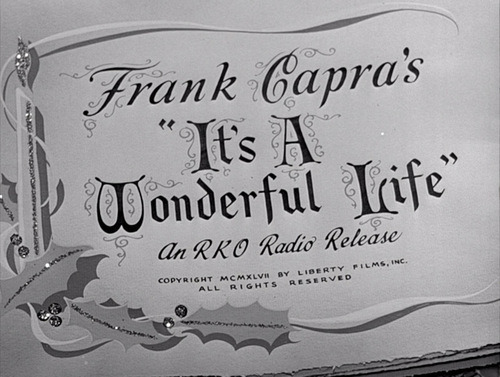
It is somewhat ironic that this movie has become so popular in our day. It almost didn’t get made at all. The original short story on which it is based, titled “The Greatest Gift”, was shopped to a number of publishers in 1939 and rejected for publication by all of them. The author had it made into a Christmas card and sent out 200 copies in 1943. One of these landed on the desk of Cary Grant’s agent who promoted it to RKO Pictures as a movie possibility for his client. However, by the time a script was developed, Grant had signed on for another Christmas movie, The Bishop’s Wife. RKO sold off the rights to the story to director Frank Capra and Liberty Pictures mainly to get rid of it. Capra, however, saw the potential in the story and lovingly crafted it into the classic we know today.

Its initial reception upon its premiere in 1946 was not as enthusiastic as one might think today. In fact, a New York Times reviewer wrote “the weakness of this picture, from this reviewer’s point of view, is the sentimentality of it—its illusory concept of life. Mr. Capra’s nice people are charming, his small town is a quite beguiling place and his pattern for solving problems is most optimistic and facile. But somehow they all resemble theatrical attitudes rather than average realities.” It would seem that the cynicism so evident today is not entirely a new phenomenon. Although nominated for several Oscars, it lost out on many of them to another classic The Best Years of Our Lives. It was not a huge financial success due to its rather high production costs – it posted a $525,000 net loss overall – and after its initial theatrical run it was placed on the shelf and largely forgotten about for years.
However, this all began to change in the 1970s. Almost on a whim a number of TV stations began to run the film during the Christmas season and every time they did it received quite surprisingly high ratings as it was discovered by a whole new generation of movie fans (myself included!) Frank Capra was as surprised as anyone by this development. “It’s the damnedest thing I’ve ever seen,” Capra told The Wall Street Journal in 1984. “The film has a life of its own now, and I can look at it like I had nothing to do with it. I’m like a parent whose kid grows up to be president. I’m proud… but it’s the kid who did the work.”
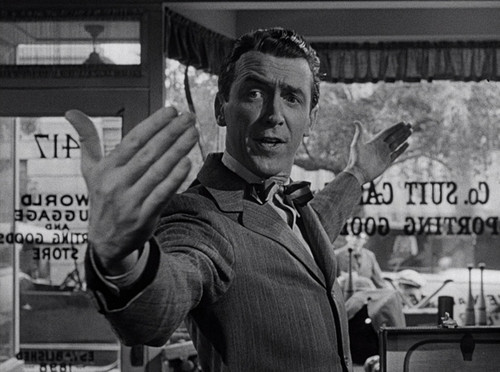
The story itself is generally pretty well known. George Bailey (Jimmy Stewart) is a genial, hardworking Everyman who goes through the trials and tribulations of ordinary life in the small upstate New York town of Bedford Falls. He is an ambitious dreamer who longs to shake off the dust of his small town roots and see the world. He wants to see the Taj Majal and Paris and Rome. He wants to build things – bridges and skyscrapers and such. However at every turn his dreams keep getting frustrated by the unexpected twists and turns of life. As I once heard someone remark concerning Murphy’s Law: “Murphy was an optimist!” His father has a sudden stroke and dies just as George is getting ready to leave for college on scholarship. George feels duty bound to stay and keep the family business, a small building and loan, from being swallowed up by the Scrooge-like Mr. Potter (Lionel Barrymore). He ends up giving his scholarship to his younger brother Harry (Todd Karns) with the understanding that Harry will return and take over the business when he graduates.
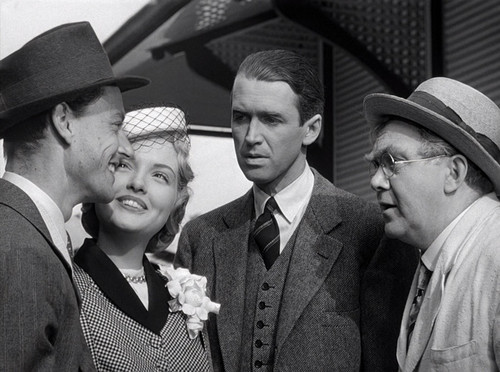
For the next four years, George works night and day to keep the Bailey Building and Loan afloat despite relentless pressure from Mr. Potter. As George stands on the train platform to welcome Harry home from college, he is surprised to be introduced to Harry’s new wife and blindsided by the news that her father has offered Harry a good job in his company in another city. George’s dreams are dashed again as he feels forced to stay while his brother leaves for this great new opportunity. Instead he stays and, while he does find a measure of happiness through his marriage to Mary (Donna Reed) and the children they have together, as the years go one he is worn down more and more by the demands of keeping the business going through various economic ups and downs complicated by continuing attacks from Potter.
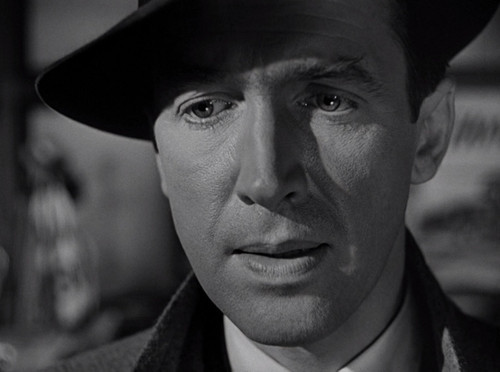
Everything finally comes to a head on Christmas Eve. The entire town is celebrating in anticipation of Harry’s return as a war hero. Uncle Billy (Thomas Mitchell), George’s partner in the business, misplaces a $5,000 bank deposit just as the state bank examiner arrives for an audit. Upon learning the news, all of George’s pent up frustrations boil over and send him over the edge first into anger and then despair. As he stands on a bridge contemplating suicide by throwing himself into the icy water below, he receives an intervention from one of the most unlikely characters in movie history – Clarence Odbody, Angel Second Class. (Henry Travers) The story up until this point has actually been narrated via a conversation between Clarence and his angel supervisor Joseph observing from on high. Clarence was being briefed on George’s story prior to being sent as his guardian angel to rescue George and earn Clarence his wings as an Angel First Class.

After engineering George’s rescue from the freezing water, Clarence tries unsuccessfully to get George to realize that his life does have value and has made a difference. George keeps vehemently disagreeing and concludes by stating his wish that he “had never been born.” In a moment of inspiration, Clarence says “Allright, you have your wish… you were never born!” Clarence then takes George on a tour of the town where all the things that wouldn’t have happened without George’s presence and intervention are shown to have left it a much more ugly and brutal place. With no one to effectively oppose him, Potter has turned Bedford Falls from the friendly, quaint little town that it was into a nasty, brutish copy of Las Vegas called Potterville – replete with gritty casinos and dance halls and slum dwellings for the underpaid workers. In one situation after another George is shown how the little things that he had done as a decent person just living his life and trying to consistently do the right thing had made a tremendous difference in the life of the entire town. This even extends across the sea to the sailors on the WWII troop ship who would not have been saved by Harry because George would have not been there to save Harry from drowning as a child. George finally is overcome and flees back to the bridge where he sobs that he wants his life back. Clarence smiles and gently nods as the gentle snow begins to fall once again in a subtle hint to George that his wish has been granted.
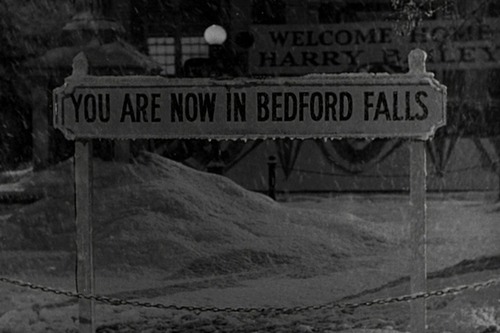
However, he still faces the fallout from the day’s events and possible jail time if he can’t produce the missing deposit. He rushes home to be with his wife and family to find the children have been praying for him all day and that Mary has gone out to look for him. Soon she rushes in excitedly, followed by a steady stream of people from all over town. They have heard of his predicament and bring gifts of their own money to help George replace the missing funds. Each one has a short story of how George has helped them and made a difference in their lives. Each one has benefitted from small kindnesses by George and his family and they all pitch in to try to repay them by helping him in his hour of need. It is a true illustration of the saying “what goes around comes around.” The story concludes with George reading an epigram written in a book left by Clarence which states that “no man is a failure when he has friends” – a fitting summary of the entire film.
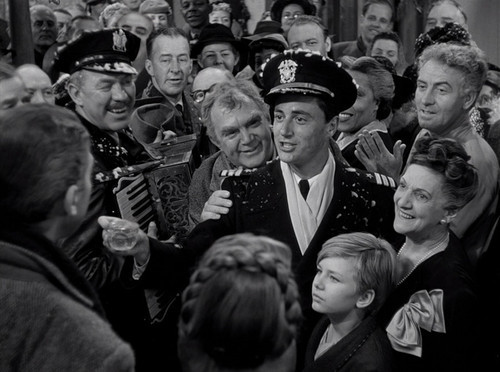
The ultimate success of this “little movie that could” is truly an inspiration in itself. Almost never made in the first place and then placed on the shelf and long forgotten, it has returned stronger than ever and has gone on to cement a place in cinematic history. In 1998, it was ranked as Number 11 on the American Film Institute’s list of 100 Best American Movies. It has reached iconic status and has become an archetype in the sense that other movies have taken the basic plot outline and varied it for contrast. The best example of this is The Family Man (2000) where a lonely hot shot business tycoon (Nicolas Cage) is shown by Cash (Don Cheadle), an angel in disguise, the wonderful family life that could have been his if he had made one slightly different decision at a critical point years before. Just as West Side Story is clearly a modern retelling of Romeo and Juliet, this is the reversal of the plot of It’s a Wonderful Life for dramatic effect.
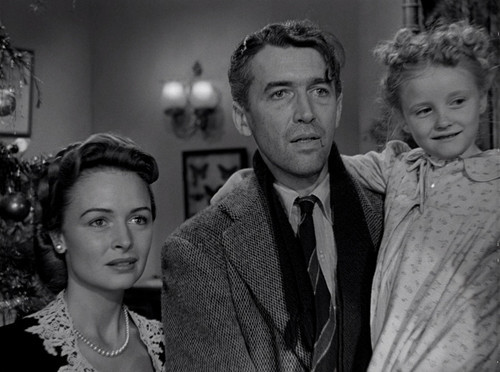
It’s a Wonderful Life remains a heartwarming celebration of the best in the ordinary man living his ordinary life. Many of us wonder if the little things we do will make much of a difference in the long run. This exceptional film makes the argument that they do matter.
Merry Christmas!



Key Largo (John Huston) (1948)


